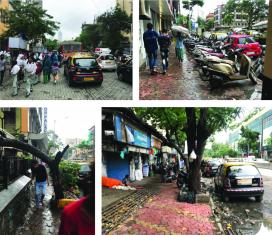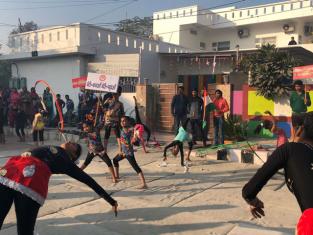Design elements to rejuvenate Indian Streets: A case of Bellasis Road, Mumbai
by and -Streets in the last century were primarily designed as a mode of transport for goods and services. This automobile-centric approach of street design stifled the human accessibility aspect, and eventually, cities forgot that every citizen is a pedestrian at some point in a day. But this scenario is changing, and cities globally are leading the movement to reinvest in their streets with a focus on pedestrian environment.
Mumbai is a city of pedestrians, with 51% of the total daily trips being walk trips, according to the...



